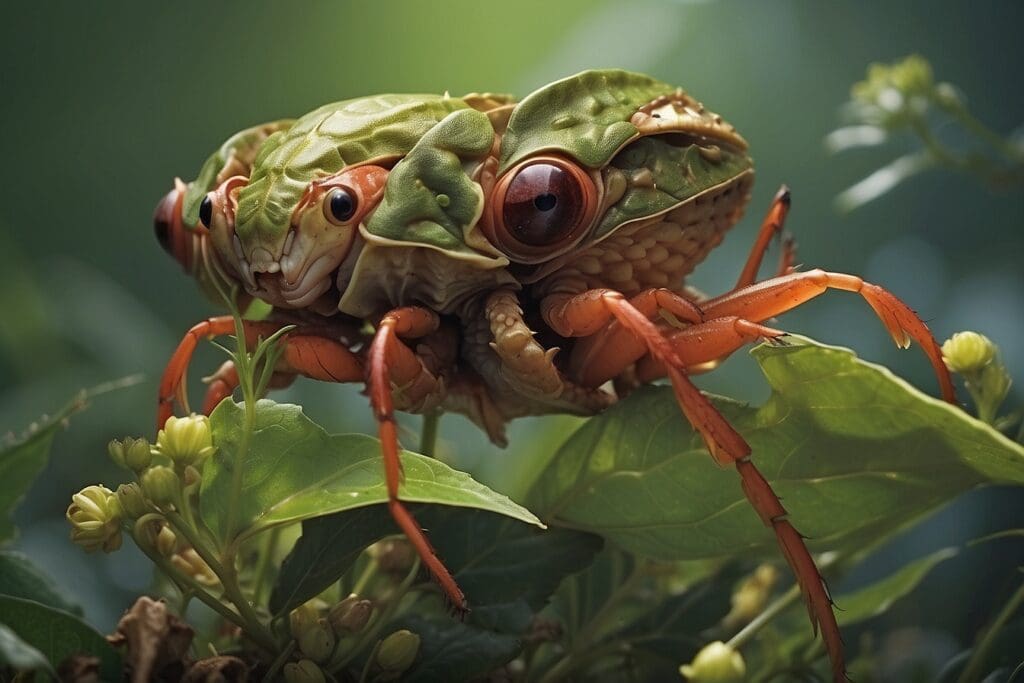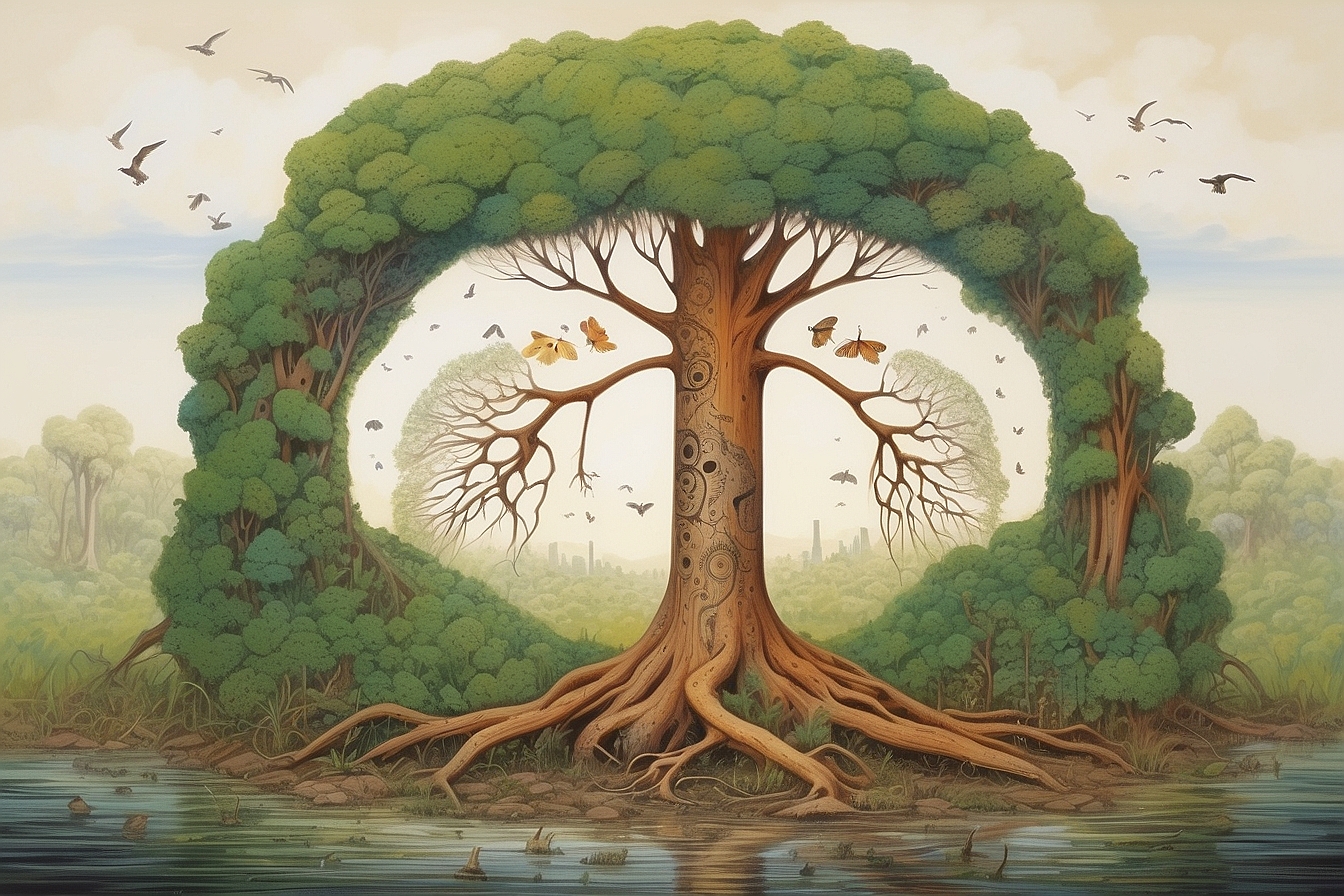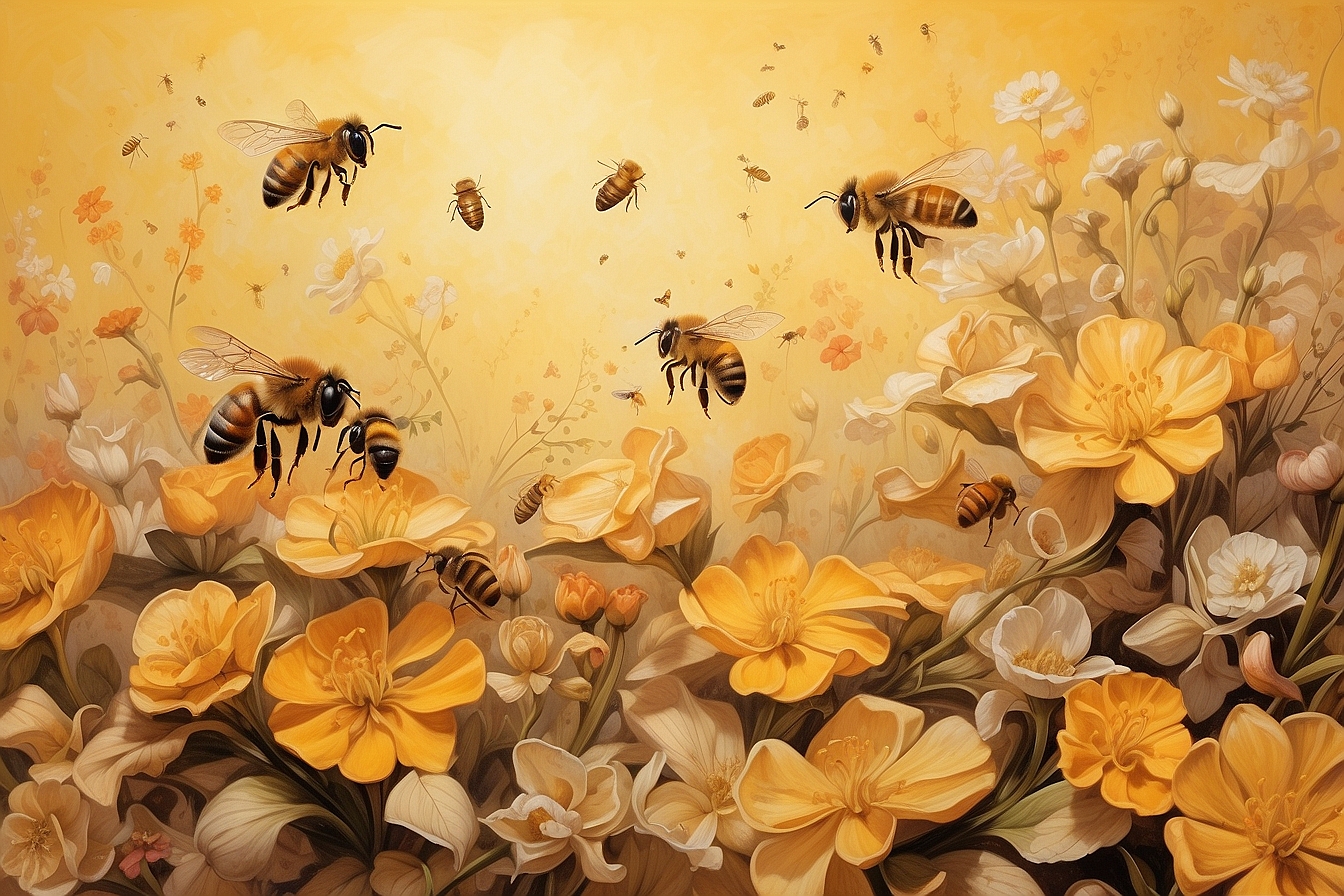What are Invasive Species?
An invasive species can be defined as a non-native species that adversely affects the ecosystem, usually by out-competing native species. Over 50,000 non-native species have been introduced to the United States alone, either intentionally or unintentionally, and cost an estimated $130 billion annually.1 Almost half of the species on the endangered list are there due to the intrusive nature of most non-natives. In almost all cases, these exotic species have been introduced into a habitat via humans and have proliferated to the point where they need excessive amounts of human attention in order to be destroyed.
Unfortunately, an estimated 15 percent of invaded ecosystems have no hope whatsoever of excommunicating these species.2 The good news? When society places an emphasis on local recovery, ecosystems on average take only five years to get back to where they were pre-human interference.
Why Were They Introduced in the First Place?

Species are brought into ecosystems for every reason imaginable. Unfortunately, most of the invasive species cause the same problem: they fill the niche that the local species previously filled, resulting in the two species competing for that niche. Eventually, one will beat out the other, and sadly the natives are often the ones that die off.
Species are brought into a new habitat for an array of reasons. Australia-native eucalyptus trees were brought to California to be used as wind breaks along freeways without the knowledge that their roots excreted toxins which killed all other plant species that resided adjacent to the tree. Plus, they shed their bark like crazy in order to promote fires—which are needed to open the seeds. You could imagine how thrilled an already fire-prone ecosystem was when a fire-encourager was introduced. The South American ice plant was brought to the same State for erosion control, usually also along major roadways. And the only way to get rid of that guy? Solarization, or covering them with black tarps and cooking them in the sun. Both are lessons of why humans should avoid planting what they want, when they want.
Rabbits were introduced into Australia because a Brit who moved there missed hunting them.3 Other species were brought in for food, like cows and pigs, and others have been transported unintentionally, causing disease epidemics such as the West Nile Virus.
What Kinds Are Most Prevalent in the U.S.?
Out of all the plants and creatures that don’t belong, the Purple Loosestrife is perhaps the most intrusive in all the United States. Although beautiful, this European plant, which was brought into the U.S. sometime in the 1800s, has initiated a full-fledged ecological war with the natives and is unfortunately prevailing.4 Being a wetland plant, loosestrife has managed to burgeon in riparian ecosystems, or places where fresh water meets land. The plant is so incredibly invasive that it is now present in every State in the U.S. except for Florida.5
Another biggie is cheatgrass, an exotic grass that exists in a third of the 50 States. The only way to get rid of it is to mow it or burn it down. But it’s seeds can remain dormant for up to five years so removal is especially difficult.
The reason these two grasses are so prominent is because they are, well, grasses. They grow in plenty and do so quickly. Since grasses generally pollinate via wind, removal is especially difficult since seeds are hard to contain and even more difficult to locate.
As for animals, all livestock except for the turkey are non-natives. The problem, as you can see, is far more extensive than most people can imagine and the removal of all them is at this point impossible.
How Do You Get Rid of Them?
There are various ways to get rid of invasive species, but in the case of eucalyptus and cheatgrass, they simply have to be cut down, collected, trashed and burned again and again. Since seeds stay dormant and they have the capability to spread quite quickly, sites should be revisited and re-worked, however this usually takes years.6 Of course there is always the option of using herbicides to remove invasives, but using vinegar is just as effective when a plant is in its early stage of growth because they are more sensitive to their external environment.
If you are on a hike and identify an invasive species, you can contact your local department of natural resources and inform them of the problem.7 If you happen to be feeling especially green, get the permission of the same department and organize a volunteer day. Bring hoes, shovels, and trash bags, and remove the species yourself. Although it my only abate its growth for a limited amount of time, every little bit counts.
Whatever the case, the worse thing to do is to bring in another exotic species to take out the other one. This has been done multiple times without success!





